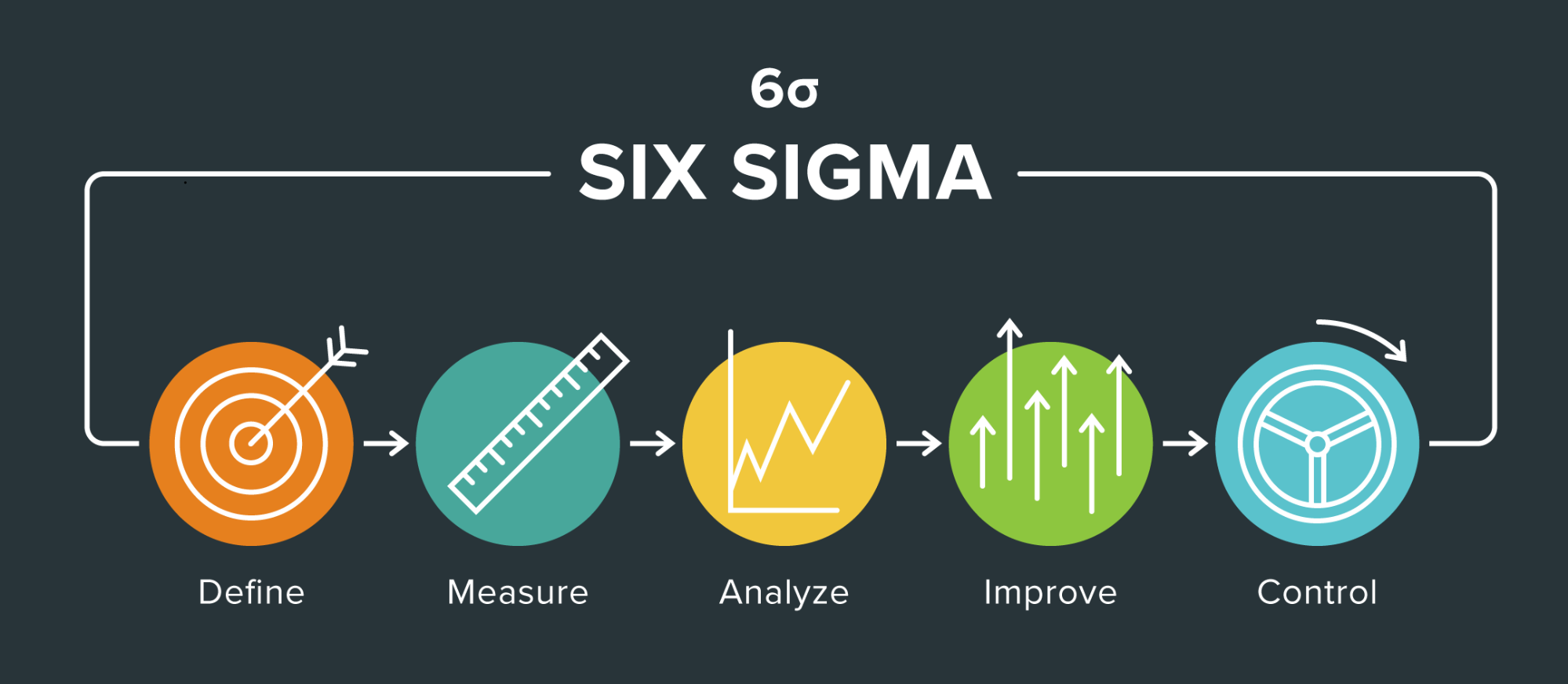Evansville Residents - Learn Lean Six Sigma’s History Here
Contact Us

Lean Six Sigma has been a popular manufacturing methodology that has helped to answer the issue of competing against Japanese industries that were dominating the market back in the 80s. However, this is only for companies, but recently, students and professionals are noticing the benefits it brings to processes and systems in general, and not just for production. In fact, they can implement it in their daily routines to seek personal growth and achieve better results. This is why we care about providing you with all the details and tools around this methodology at Lean Six Sigma Curriculum for Evansville High School Students of Indiana.
Since history is crucial, we want you to focus on it for a bit. Let’s start by stating that Lean Six Sigma is a combination of Japanese management principles and original methodologies like Lean and Six Sigma—yes, individual methods—and this can be traced back to the United States.
One of the main influences in terms of methodology is Kaizen, as it emphasizes cooperation, commitment, and continuous improvement while looking for customer satisfaction. In the 80s, this was one of the main methodologies that allowed for growth, and Japanese industries were quite at the top compared to American companies.
Now, other methodologies also influenced LSS, but it does not mean we will have to go over each of them to understand how history goes down.
Instead, we want to focus on how Lean and Six Sigma originated and why LSS as a whole methodology is a good option today.
Lean Six Sigma Origins: How It Became a Top Methodology
While Kaizen is the origin of the concept, the method’s inception and construction are based on more ideologies and closely follow Lean and 6 Sigma in terms of adapting and adding principles, structures, and processes.
It is important to be able to distinguish between Six Sigma and Lean. They are distinct elements that were combined and had aspects in common. However, each one has its own principles and basics for the combined method we are focusing on here.
Because of its structure and principles, Lean is often regarded as a way to reduce waste and customer satisfaction. When referring to Toyota, people often refer back to Lean’s origins.
Toyota was involved in the system, which is known as the “Toyota Production System” or TPS. John Krafcik was a researcher at MIT from 1987-88 and one of those who worked on the development.
He was searching for a name that would describe the TPS system. On a whiteboard, he wrote down the differences and characteristics of Toyota’s system to traditional mass production. He concluded that Toyota’s system requires less of everything in order to create value.
This is how Lean Thinking was created quickly. Since its inception, it has focused on reducing waste and other non-value-added activities.
Lean is built on its own principles and foundations. Understanding the customer is key to working on each process’ value stream and waste, and why you need to understand that Lean is more customer-focused when trying to obtain results.
On the other hand, Six Sigma is an American-based methodology with roots dating back to the 1980s. Motorola created Six Sigma because, at the time, the company was having difficulties remaining difficult to foreign companies, and its CEO Bob Galvin set the goal of tenfold improvement within five years.
The plan was focused on global competitiveness, how to improve participative management, quality, and productivity, and how to continuously develop new strategies. Six Sigma quickly became the standard for all Motorola business processes, and every employee was trained in it as it showed results right after its implementation.
Six Sigma and Lean, taken together, recognize that change is in the process. Six Sigma complements the Lean approach well and is a great tool for enhancing it, which is why LSS was made as it unifies the best and adds its own principles.
But How Is It Used?
LSS has been used in many different ways throughout history. It’s designed to improve productivity and efficiency and reduce waste, and practitioners have found ways to use it for more than just manufacturing.
Understanding the principles and solutions to Lean, Six Sigma, and Kaizen is a great idea as you get a better concept of LSS and how you could utilize it if you decide to get trained.
Lean helps workers and companies better understand customers and prioritize their needs. To achieve perfection, they can focus on the company’s value stream, processes, and value flow.
Six Sigma is dedicated to excellence and a system that promotes efficiency and clean operations. Six Sigma is committed to continuous improvement and innovation.
Lean Six Sigma is a tool that can be used to benefit students, professionals, and businesses by focusing on everything the individual methodologies aim for. Thus, when practitioners or individuals focus on this method, they will be able to:
- Learn how to reduce waste.
- Increase efficiency.
- Reduce errors.
- The company will be less at risk.
- It is possible to improve your time management.
- Lowering costs translate into higher revenues and better salaries.
- Get motivated.
- Innovation and leadership.
Be Part of History!
For all information and certifications, contact our Lean Six Sigma Curriculum Pros of Evansville team to learn more. Your students or employees will be able to join the group of people who are skilled in problem-solving, continuous improvement, and team building by being trained in the methodology, thanks to our professionals.
We want you to enjoy all the benefits, that you are valuable in every place you work and that you add value to your own future and opportunities.

